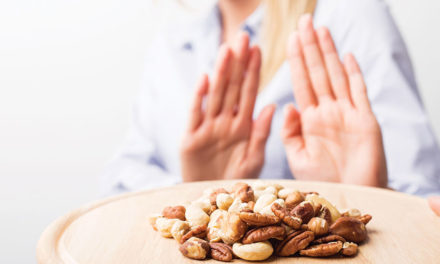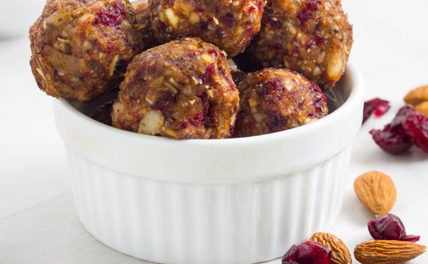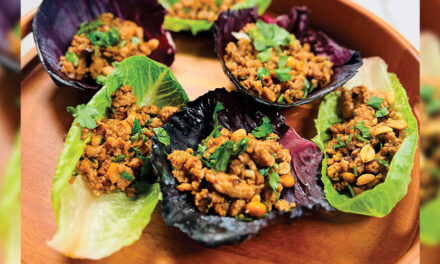As the weather gets warmer and the days get longer, it’s a great time to improve your fitness or even train for one of your athletic bucket list items. While exercise is crucial to that, so is something else—the food you give your body to use as fuel.
Dietitians estimate nutritional needs for patients every day. This includes but is not limited to the amount of calories, protein, and fluid a person needs. For a person who is more sedentary, their nutritional needs will be lower than someone who is expending more energy, such as a recreational athlete. The more strenuous your training, the more calories and more protein you’ll need to maintain muscle mass and energy.
For lower-intensity workouts like walks, leisurely bike rides, or yoga, nutritional needs can usually be met by staying hydrated and supplementing healthy meals with small snacks like an orange, granola bar, or peanut butter and crackers.
Someone training for a distance race, however, needs a nutrition plan that will supplement their muscle fuel stores before and during a race. During races or training, carbohydrates are depleted, so you need fuel to sustain endurance. Nutrient-dense, carbohydrate-rich foods can fuel heavy training days. Examples include wholegrain bread and cereal, starchy vegetables, fruit, and dairy. Try avocado toast, fruit smoothies, and yogurt parfaits. Additional carbohydrate-rich foods and sports drinks or energy chews can be used as supplements to meet energy needs.
Protein intake is also important. The Academy of Nutrition and Dietetics, Dietitians of Canada, and the American College of Sports Medicine recommend 1.2–2.0 grams of protein per kilogram of body weight per day, depending on training. For someone participating in recreational activities, I suggest a lower range—1 to 1.3 grams per kilogram of body weight. The amount of protein ingested should be spaced throughout the day and within two hours after a workout with carbohydrate sources for muscle repletion.
Proper fluid intake is also essential to transport nutrients, maintain energy, and regulate body temperature and blood pressure. “Never rely on thirst,” says Jacqueline Daughtry, clinical dietician and manager of clinical nutrition at Regional One Health. “In doing so you may negatively affect your workout, activity, or performance.”
The American Council on Exercise suggests 7–12 ounces of fluid 15–30 minutes before activity and 4–8 ounces every 15–20 minutes during activity. For vigorous activity, athletes should take in a little more than 2 cups per hour. After your workout, drink another 8 ounces of fluid, followed by 2–3 cups over the next few hours. Aim to consume 16–20 ounces of fluid for every pound of weight lost during exercise.
Food and fluid are important not only as fuel but for recovery. After training, intake of carbohydrate-rich foods or drinks will aid rapid muscle glycogen repletion, particularly if you decide to train twice in one day. Adding in protein-rich foods aids in muscle repair and building of new muscle and red blood cells.
Replenish fluid to prevent fatigue, cramps, and dizziness and refuel with lean protein, healthy carbs, and healthy fats. Look for foods that are high in omega-3s to provide heart-healthy nutrients and aid in the prevention of inflammation. Go for potassium-rich foods to ease muscle cramps, soreness, and inflammation.
| Carbs | Carbs + Potassium | Carbs + Potassium + Protein | Omega-3s + Protein |
| Oatmeal | Potatoes | Milk | Cold-water fish |
| Quinoa | Oranges | Yogurt | Walnuts |
| Chia + flax seeds |
The timing of meals and snacks is also important. It’s hard to achieve peak performance on an empty stomach, but performance also suffers if you eat a very large meal right before exertion. I suggest a small meal or snack prior to exercise and activity.
Hannah Reynolds is a clinical dietitian at Regional One Health. For more information, go to Regionalonehealth.org.







